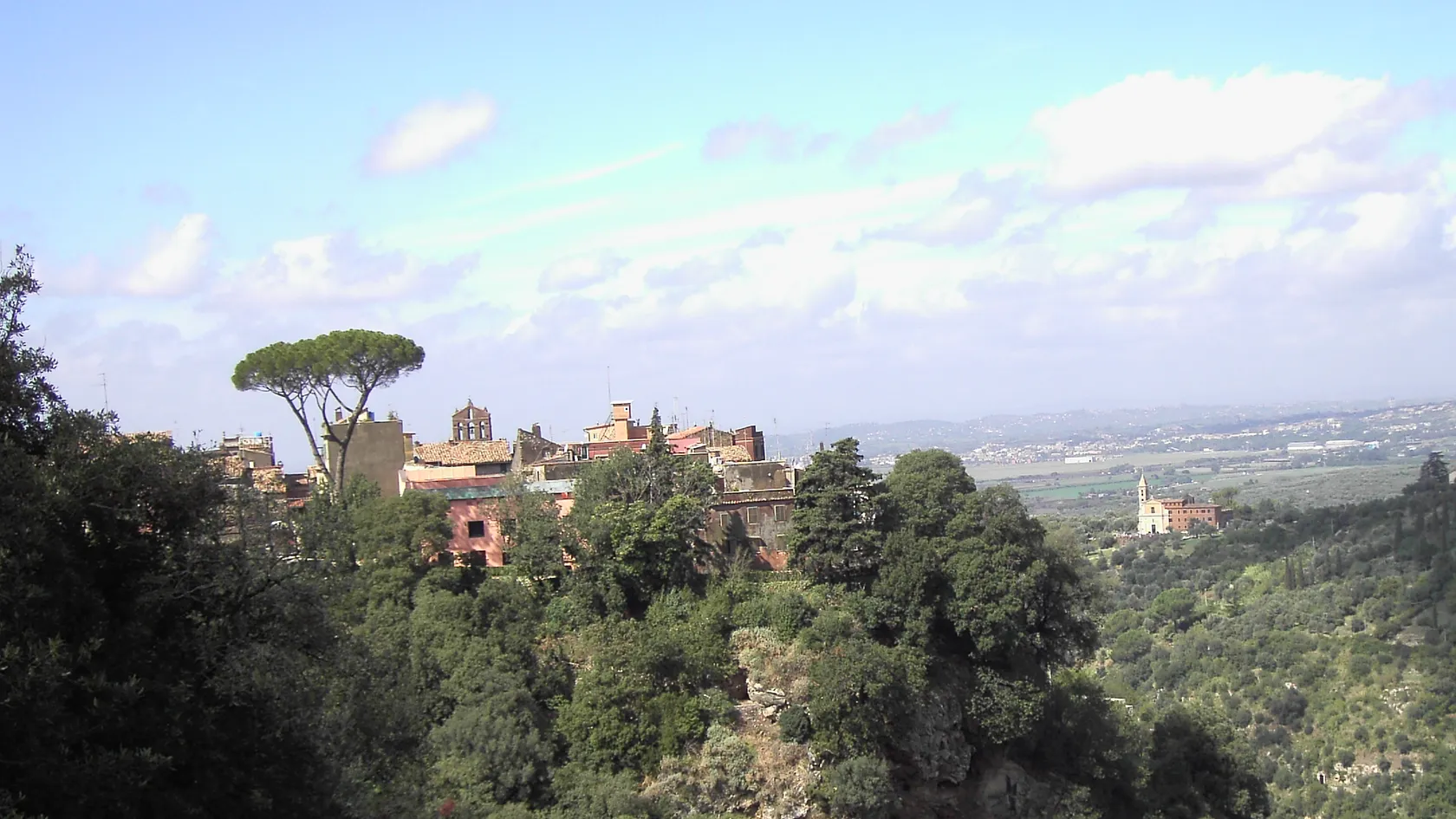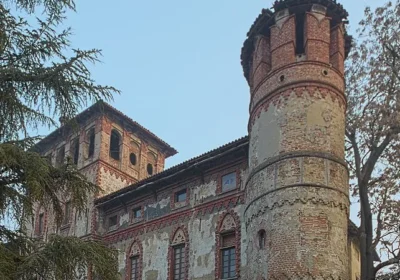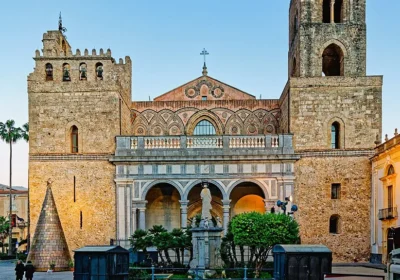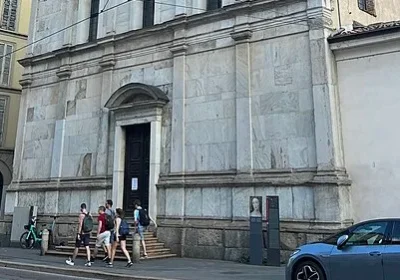WARNING: the tour is quite long and mainly pedestrian, suitable for those who like long walks.
The villa was founded in 1835 thanks to Pope Gregory 16th, after whom it was later named. The story goes like this. There was a small town on the banks of the Anio River. The river was quite full, and annual floods caused the town a lot of trouble. After another flood in 1826, which destroyed not only many buildings but also took many lives, Pope Gregory 16 issued an order.
According to it, from 1832 to 1835 the riverbed was divided into three separate branches, each of which was enclosed in a tunnel. The water coming out of the tunnels entered the gorge and its streams formed many waterfalls. The work was carried out under the direction of architect Clemente Folca.
The Gregorian Villa is quite widely known for its largest waterfall. Its height reaches 120 metres. And despite the fact that today it is nowhere near as full as it used to be (due to a power station built upstream), it is still impressive. Other attractions of the villa include the Grotto of Neptune and the Grotto of the Sirens. The Miollis Gallery is also noteworthy. It is a small tunnel cut into the rock in 1809 by the governor of Rome, General Miollis.
The ancient temple of Vesta, the remains of which are located on the territory of Villa Gregoriana, is worth mentioning. The temple was first discovered and restored in the 1st century BC by Lucio Gellio, a judge of Tibur. Later the temple was turned into a Christian church. But at the end of the 19th century the temple of Vesta was returned to its original appearance.
The tour is conducted with or without lunch (restaurant is NOT included in the price of the tour).
All days except: Monday, 25 December, 1 May, 1 January





